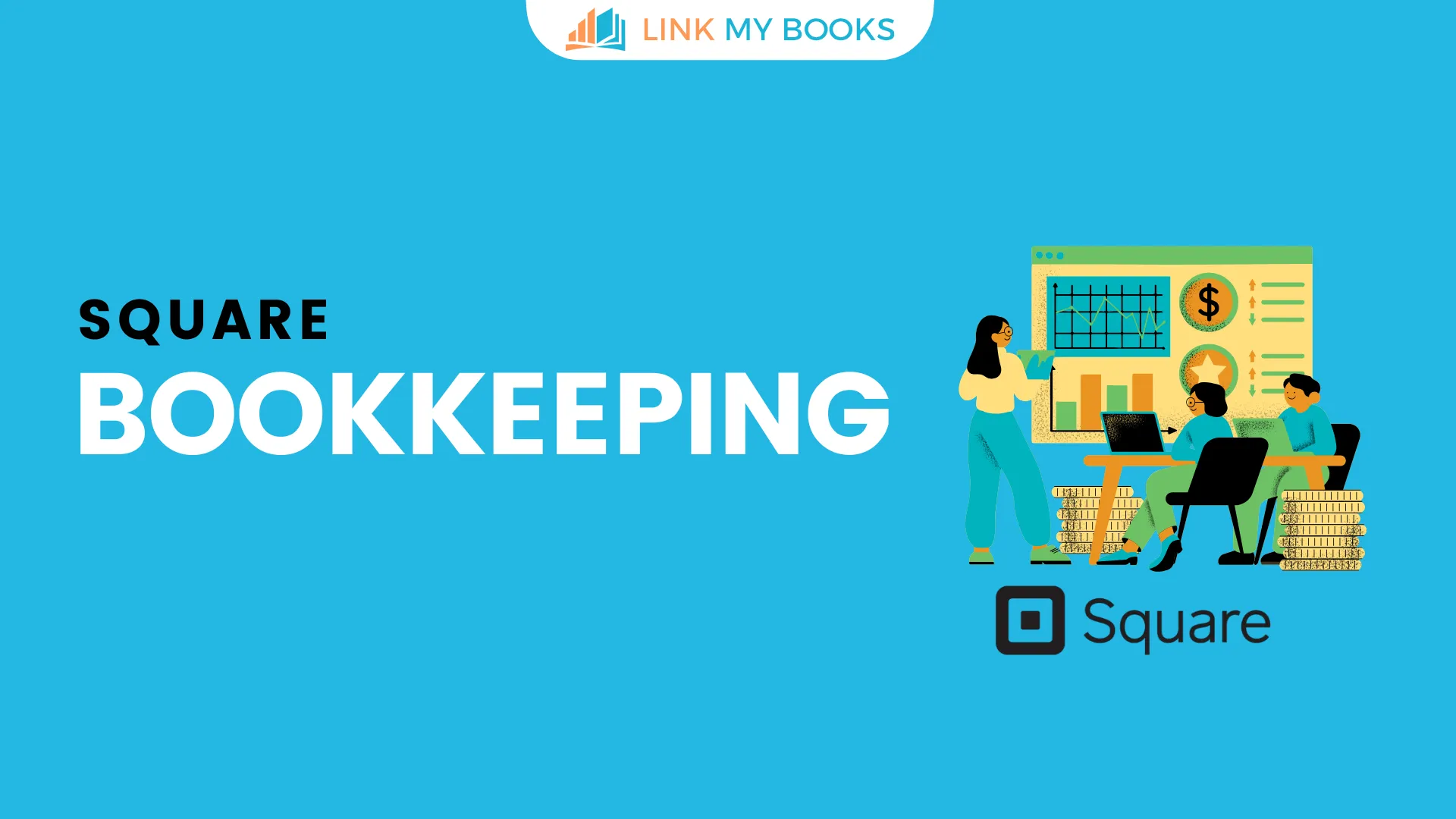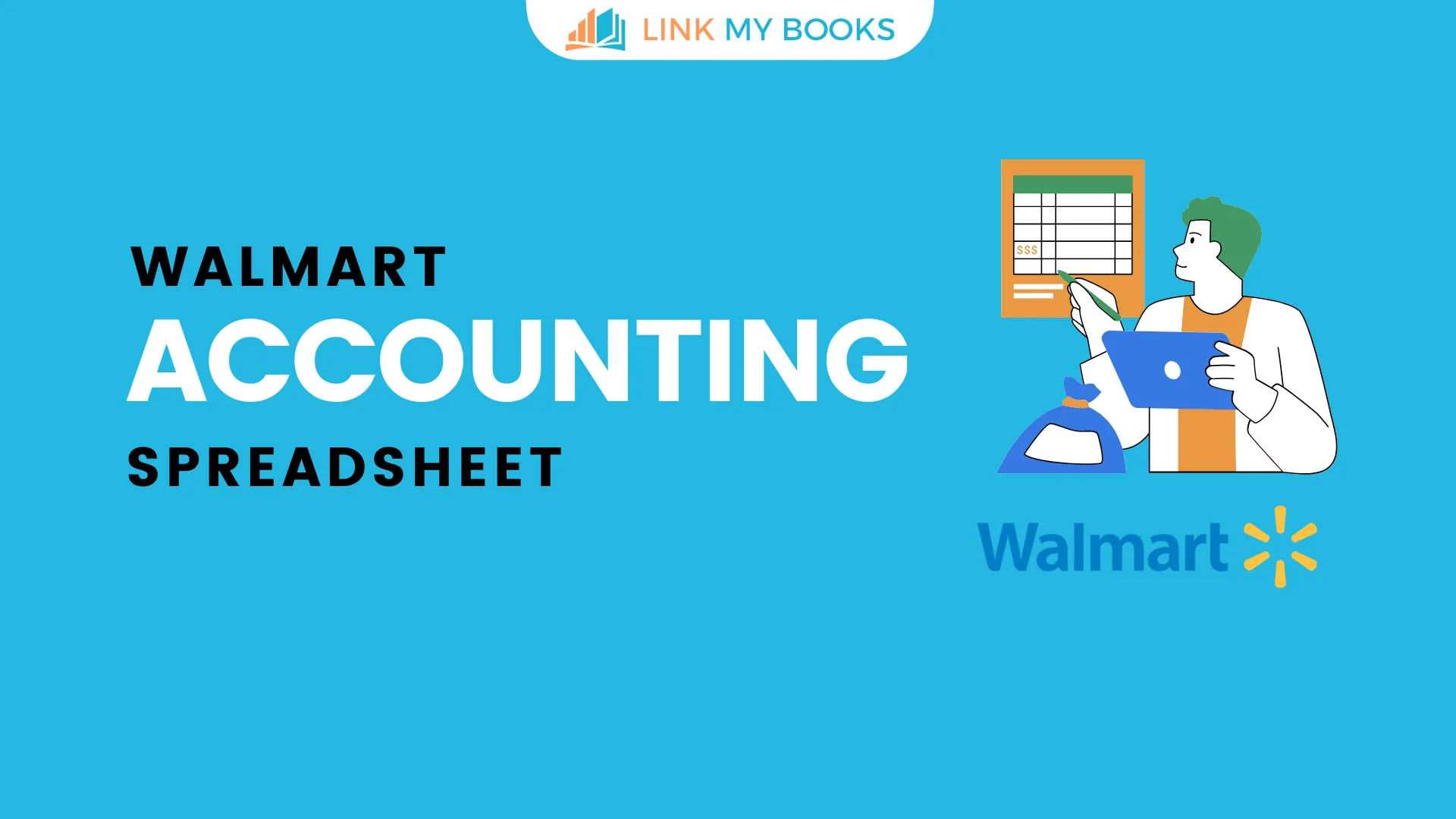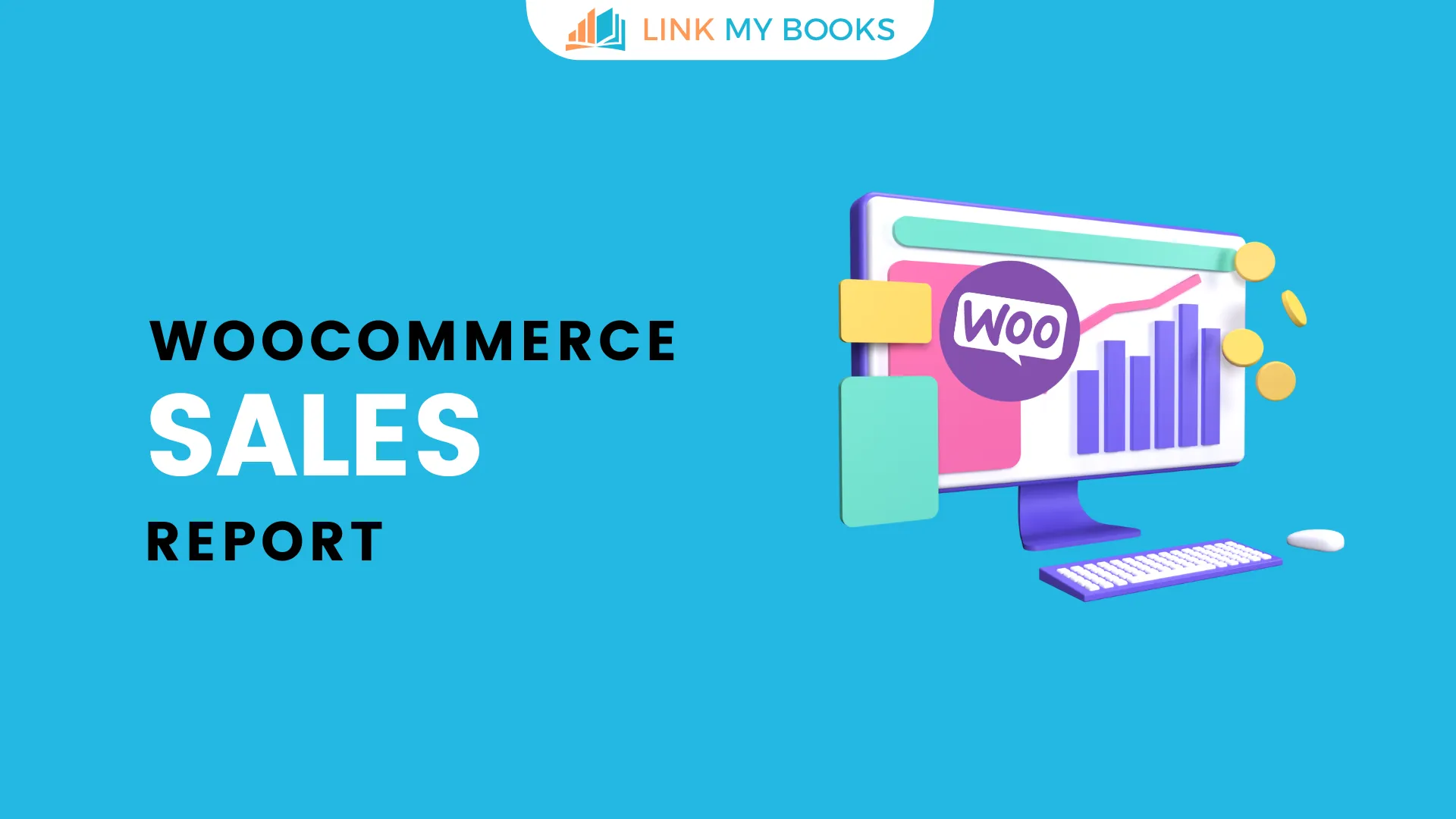Are you an eCommerce store owner looking to unlock valuable insights from your WooCommerce reports?
Navigating through the vast array of data can be overwhelming, but understanding and utilizing these reports effectively can be a game-changer for your business.
In this guide, we'll dive deep into the world of WooCommerce reports, helping you make data-driven decisions to optimize your store's performance and achieve sustainable growth.







Why WooCommerce Reports Matter
WooCommerce reports are powerful tools that provide you with a wealth of information about your online store's sales, products, customers, and overall performance. By leveraging these insights, you can:
- Identify top-performing products and focus your marketing efforts accordingly
- Spot trends and seasonal patterns to optimize inventory management
- Understand customer behaviour and preferences to enhance their shopping experience
- Evaluate the effectiveness of your pricing strategies and promotional campaigns
- Make informed business decisions based on real-time data and historical performance
In today's competitive eCommerce landscape, making data-driven decisions is crucial for success. A WooCommerce report empowers you to do just that by offering a comprehensive view of your store's performance across various metrics.
Whether you're a small business owner or managing a large-scale online store, understanding and utilizing these reports can help you streamline your operations, improve customer satisfaction, and ultimately boost your bottom line.
Accessing and Generating WooCommerce Reports

To access your WooCommerce reports, simply navigate to your WordPress dashboard and click on "WooCommerce" in the left-hand menu. From there, select "Reports" to view the available options. WooCommerce offers a range of built-in reports, including:
- WooCommerce Sales report: Gain a comprehensive overview of your store's revenue, orders, and average order value.
- WooCommerce product sales report: Analyze the performance of individual products, identifying best-sellers and underperforming items.
- Customers report: Understand your customer demographics, purchase behavior, and lifetime value.
- Taxes report: Monitor tax collection and ensure compliance with relevant regulations.
- Stock report: Keep track of inventory levels and avoid stockouts or overstocking.
To generate a specific report, follow these steps:
- Select the desired report from the list of available options.
- Choose the date range you want to analyze, such as the last 7 days, 30 days, or a custom date range.
- Apply any necessary filters, such as product categories or order status.
- Click "Generate Report" to view the data.
You can also download the reports in various formats, such as CSV or PDF, for further analysis or sharing with your team.
It's essential to familiarize yourself with the different report types and their respective filters to make the most of the data available.
For instance, when generating a sales report, you can filter the data by product category, customer type, or order status to gain more granular insights.
Similarly, when analyzing product sales, you can sort the data by various metrics such as total sales, quantity sold, or net profit to identify top-performing products or potential areas for improvement.
By regularly generating and reviewing these reports, you can stay on top of your store's performance and make timely adjustments to your strategies.
Set aside dedicated time each week or month to analyze your reports and share the insights with your team to ensure everyone is aligned and working towards common goals.
Key Reports and Their Interpretation

Sales Report
A sales report for WooCommerce provides a bird's-eye view of your store's financial performance. It displays crucial metrics such as:
- Gross sales: The total value of all orders, including taxes and shipping.
- Net sales: The total value of orders after deducting taxes, shipping, and refunds.
- Number of orders: The total count of orders placed within the selected period.
- Average order value: The average amount spent per order.
To interpret the WooCommerce sales report effectively, consider the following:
- Compare the metrics to previous periods to identify growth or decline trends.
- Analyze the impact of specific events, such as product launches or marketing campaigns, on your sales performance.
- Evaluate your net profit by subtracting expenses from your net sales.
When reviewing your sales report, pay attention to any significant changes in the metrics compared to previous periods.
If you notice a sudden drop in sales or a decrease in average order value, investigate the potential reasons behind the change.
It could be due to factors such as increased competition, changes in consumer behavior, or issues with your website's user experience.
On the other hand, if you see a positive trend in your sales metrics, try to identify the contributing factors.
Did you launch a successful marketing campaign, introduce a new product line, or implement a promotional offer?
Understanding the drivers behind your sales performance can help you replicate successful strategies and optimize your efforts for future growth.
Product Sales Report
The product sales report offers granular insights into the performance of individual products. It showcases:
- Product name and SKU
- Quantity sold
- Gross and net sales
- Refunds and taxes
Use this report to:
- Identify your best-selling products and consider promoting them further.
- Spot underperforming products and decide whether to optimize or discontinue them.
- Analyze the impact of price changes or promotions on product sales.
The product sales report is a goldmine of information for optimizing your product offerings and inventory management. By identifying your top-selling products, you can focus your marketing efforts on promoting these items and ensuring they remain in stock. Consider featuring best-sellers prominently on your website, including them in email campaigns, or offering bundled deals to encourage higher sales.
Conversely, if certain products consistently underperform, it may be time to reassess their viability. Analyze factors such as pricing, product descriptions, images, and customer reviews to identify potential areas for improvement. If a product continues to generate low sales despite optimization efforts, consider discontinuing it to free up resources for more promising items.
The product sales report can also help you make informed decisions about pricing and promotions.
By comparing sales data before and after a price change or promotional campaign, you can evaluate the impact on product demand and revenue.
This insight can guide your future pricing strategies and help you strike the right balance between profitability and competitiveness.
Customer Report
The customer report helps you understand your audience and their purchasing behavior. It provides information such as:
- Customer name and email
- Total orders and spent amount
- Average order value
- Last order date
Leverage this report to:
- Segment your customers based on their purchasing habits and tailor your marketing strategies accordingly.
- Identify loyal customers and consider implementing a rewards program to encourage repeat purchases.
- Reach out to inactive customers with personalized offers to re-engage them.
Understanding your customers is crucial for building strong relationships and driving long-term growth.
The customer report allows you to segment your audience based on various criteria, such as purchase frequency, average order value, or product preferences.
By tailoring your marketing messages and offers to specific customer segments, you can improve engagement, increase loyalty, and maximize customer lifetime value.
For example, you can identify your most valuable customers based on their total spent amount and create a VIP program that offers exclusive perks, early access to new products, or personalized service.
This approach not only rewards your loyal customers but also encourages them to continue doing business with you.
On the other hand, if you notice a segment of inactive customers who haven't made a purchase in a while, you can create targeted re-engagement campaigns.
Reach out to these customers with personalized offers, discounts, or reminders about their abandoned carts. By showing that you value their business and providing incentives to return, you can reactivate dormant customers and boost your sales.
Finding a WooCommerce Reporting Plugin
.webp)
While WooCommerce's built-in reports offer valuable insights, integrating advanced reporting tools can take your analytics to the next level. Consider the following options:
Google Analytics Integration
Google Analytics is a powerful web analytics tool that provides in-depth insights into your website's traffic and user behavior. By integrating Google Analytics with your WooCommerce store, you can:
- Track eCommerce-specific metrics such as transaction data, conversion rates, and product performance.
- Analyze user flow and identify areas of your store that may need optimization.
- Create custom report settings and dashboards to monitor key performance indicators (KPIs).
To set up Google Analytics for your WooCommerce store, follow these steps:
- Create a Google Analytics account and set up a property for your website.
- Install and activate the Google Analytics for WordPress plugin.
- Connect your Google Analytics account to the plugin by entering your tracking ID.
- Enable eCommerce tracking in your Google Analytics property settings.
- Configure the plugin settings to match your tracking preferences.
Integrating a WooCommerce plugin like Google Analytics with your WooCommerce store opens up a world of possibilities for advanced reporting and analysis.
You can track user behavior across your entire website, including product pages, checkout process, and post-purchase interactions.
By analyzing user flow, you can identify potential barriers to conversion and optimize your store's navigation and user experience accordingly.
Google Analytics also allows you to create custom reports and dashboards tailored to your specific business needs.
For example, you can create a report that focuses on your top-selling products, their conversion rates, and the revenue generated from each product category.
By having this information readily available, you can make data-driven decisions to optimize your product offerings, pricing, and marketing strategies.
WooCommerce Reporting Plugins
There are several WooCommerce reporting plugins available that offer advanced features and customization options. Some popular choices include:
- Metorik: Metorik is an all-in-one reporting and management tool for WooCommerce stores. It provides real-time insights, automated reports, and segmentation capabilities.
- Enhanced Ecommerce Google Analytics Plugin: This plugin extends the functionality of Google Analytics, offering enhanced eCommerce tracking and reporting features.
- WooCommerce Admin: WooCommerce Admin is an official extension that provides a comprehensive dashboard with advanced reporting features, including customizable charts and filters.
When choosing a reporting plugin, consider factors such as compatibility with your WooCommerce version, ease of use, and the specific metrics and features that align with your business goals.
WooCommerce reporting plugins can significantly enhance your reporting capabilities and provide additional insights beyond the built-in reports.
For example, Metorik offers features like customer segmentation, automated email reports, and integration with third-party tools like Google Analytics and Facebook Ads.
This allows you to have a more comprehensive view of your store's performance and make data-driven decisions across various aspects of your business.
Similarly, the Enhanced Ecommerce Google Analytics Plugin extends the functionality of Google Analytics by providing more granular data on product performance, user behavior, and checkout funnel analysis.
This plugin allows you to track advanced metrics like add-to-cart rate, product view rate, and checkout abandonment, enabling you to identify areas for improvement and optimize your store's conversion rates.
When selecting a reporting plugin, it's essential to evaluate your specific needs and choose a tool that aligns with your goals.
Consider factors such as the level of detail you require in your reports, the ease of integration with your existing setup, and the scalability of the plugin as your business grows. By choosing the right reporting plugin, you can unlock valuable insights and make informed decisions to drive your store's growth.
Best Practices for Sales Performance Monitoring

To make the most of your WooCommerce reports and drive business growth, consider these best practices:
Set Clear KPIs
Identify the key performance indicators (KPIs) that are most relevant to your business objectives. These may include metrics such as conversion rate, average order value, customer lifetime value, or gross profit margin. By focusing on these critical metrics, you can prioritize your efforts and make data-driven decisions.
When setting your KPIs, ensure they are specific, measurable, achievable, relevant, and time-bound (SMART).
For example, instead of setting a vague goal like "increase sales," set a specific target such as "increase average order value by 10% within the next quarter." This approach allows you to track your progress effectively and make adjustments as needed.
It's also essential to align your KPIs with your overall business strategy. Consider your long-term goals and break them down into smaller, actionable metrics that contribute to your success. By regularly monitoring and reporting on these KPIs, you can stay focused on what matters most and make informed decisions to drive growth.
Regularly Review and Analyze Reports
Make it a habit to review your WooCommerce reports on a regular basis, such as weekly or monthly. Look for trends, patterns, and anomalies in the data, and ask questions to uncover insights. For example:
- Are there any significant changes in sales or customer behavior compared to previous periods?
- Which products or categories are performing exceptionally well or poorly?
- Are there any geographical regions or customer segments that require special attention?
By consistently analyzing your reports, you can stay on top of your store's performance and adapt your strategies accordingly.
To make the most of your reporting process, consider setting up automated reports that are delivered to your inbox on a regular basis. This approach ensures that you never miss an opportunity to review your data and make timely decisions.
Additionally, consider sharing your reports with key stakeholders within your organization, such as your marketing team or customer service representatives. By involving others in the reporting process, you can foster a data-driven culture and encourage collaboration towards common goals.
When analyzing your reports, don't just focus on the numbers themselves, but also consider the context and external factors that may impact your performance. For example, if you notice a sudden drop in sales during a particular month, investigate whether there were any technical issues with your website, changes in your marketing strategies, or external events that could have affected consumer behavior.
By considering the bigger picture, you can gain a more comprehensive understanding of your store's performance and make informed decisions to address any challenges.
Use Data to Inform Marketing Decisions
Your WooCommerce reports offer valuable insights that can guide your marketing efforts. For instance:
- Identify your top-selling products and feature them prominently in your campaigns.
- Segment your customer base based on purchase history and target them with personalized offers.
- Analyze the effectiveness of different marketing channels and allocate your budget accordingly.
- Optimize your pricing strategy based on sales data and competitor analysis.
By leveraging data to inform your marketing decisions, you can maximize the return on your investment and drive revenue growth.
One effective approach is to use your customer report to create targeted email campaigns. By segmenting your customers based on their purchase behavior, you can tailor your messaging and offers to their specific interests and preferences.
For example, if you identify a segment of customers who frequently purchase a particular product category, you can create a targeted campaign that showcases related products or offers a special discount on their favorite items.
Another way to use data in your marketing decisions is to analyze the performance of your various marketing channels.
Use your sales report to track the revenue generated from each channel, such as organic search, paid advertising, social media, or email marketing. By comparing the ROI of each channel, you can allocate your budget more effectively and focus on the channels that deliver the best results.
Additionally, consider using your product sales report to inform your pricing strategy. Analyze the sales performance of your products at different price points and compare them to your competitors' pricing.
By finding the optimal price point that maximizes both sales volume and profitability, you can improve your overall revenue and stay competitive in the market.
Monitor Inventory Levels
Keep a close eye on your inventory levels using the stock report. Set up low-stock alerts to avoid stockouts and ensure a smooth customer experience. Additionally, analyze your sales data to identify seasonal trends and adjust your inventory planning accordingly.
Effective inventory management is crucial for the success of your eCommerce business. By monitoring your stock levels regularly, you can avoid the risk of overselling and disappointing customers with out-of-stock products.
Use your stock report to identify products that are running low and prioritize restocking them to maintain a healthy inventory.
In addition to monitoring current stock levels, it's essential to use your sales data to forecast future demand. Analyze your sales reports to identify seasonal trends, such as peak sales periods during holidays or specific months.
By anticipating demand fluctuations, you can adjust your inventory planning and ensure that you have the right products in stock at the right time.
Another aspect of inventory management is identifying slow-moving or dead stock. Use your product sales report to spot products that have low sales volumes or haven't sold for an extended period.
Consider running promotions or discounts to clear out this inventory and free up space for more profitable products.
By effectively monitoring and managing your inventory levels, you can optimize your storage costs, minimize the risk of stockouts, and ensure a positive customer experience.
Collaborate with Your Team
Share your WooCommerce reports with relevant team members, such as marketing, sales, and customer service. Encourage collaboration and brainstorming sessions to identify opportunities for improvement and implement data-driven strategies. By involving your team in the reporting process, you can foster a culture of data-driven decision-making and continuous optimization.
Regular team meetings or dedicated reporting sessions can be an effective way to discuss your store's performance and identify areas for improvement. Encourage open communication and welcome input from all team members, as different perspectives can lead to valuable insights and ideas.
When sharing reports with your team, make sure to provide context and explain the significance of the data. Use visualizations, such as charts and graphs, to make the information more accessible and easier to understand. By ensuring that everyone is on the same page and understands the importance of the metrics being tracked, you can align your team's efforts and work towards common goals.
Collaboration also extends to taking action based on the insights gained from your reports. Assign responsibilities and set clear expectations for implementing data-driven strategies. For example, if you identify a need to improve your email marketing campaigns based on customer segmentation data, assign the task to your marketing team and set specific goals and deadlines for implementation.
By fostering a collaborative and data-driven culture within your organization, you can harness the collective knowledge and skills of your team to drive continuous improvement and growth for your eCommerce business.
Streamlining WooCommerce Reports with Link My Books

While WooCommerce reports provide valuable insights into your store's performance, managing the data and making sense of it can still be a time-consuming and complex process.
This is where Link My Books comes in – a powerful tool that streamlines your WooCommerce reporting and helps you make better business decisions.
Link My Books is an accounting automation software that integrates seamlessly with WooCommerce, as well as other popular eCommerce platforms like Amazon, eBay, and Shopify. By connecting your sales channels with your accounting software (Xero or QuickBooks), Link My Books automatically imports and categorizes your sales data, eliminating the need for manual data entry and reducing the risk of errors.
How Link My Books Enhances WooCommerce Reporting
- Automated Data Synchronization: Link My Books automatically syncs your WooCommerce sales data with your accounting software, ensuring that your financial records are always up to date. This saves you valuable time and effort that would otherwise be spent on manual data entry and reconciliation.
- Detailed Sales Breakdown: With Link My Books, you can access a detailed breakdown of your WooCommerce sales, including information on taxes, shipping, refunds, and fees. This granular data allows you to gain deeper insights into your store's performance and make informed decisions based on accurate financial data.
- Multi-Channel Integration: If you sell on multiple eCommerce platforms, Link My Books consolidates your sales data from all channels into a single dashboard. This integrated view of your business performance helps you identify trends, compare channel performance, and optimize your overall sales strategy.
- Customizable Reporting: Link My Books offers customizable reporting features that allow you to tailor your financial reports to your specific business needs. You can create custom templates, select the data points you want to include, and generate reports on demand or on a scheduled basis.
- Expert Support: Link My Books is more than just a software solution – it's backed by a team of experienced accountants and eCommerce experts. If you ever have questions or need guidance on your financial reporting, the Link My Books support team is ready to assist you.
How to Get Started with Link My Books
Getting started with Link My Books is easy. Simply sign up for a free 14-day trial and connect your WooCommerce store and accounting software. Link My Books will automatically import your historical sales data and start syncing new transactions in real-time.
During the trial period, you'll have access to all of Link My Books' features, including automated data synchronization, detailed sales breakdown, and customizable reporting. This allows you to experience the full benefits of the software and see how it can transform your WooCommerce reporting process.
After the trial, you can choose from flexible pricing plans based on your business size and requirements. Link My Books offers affordable monthly and annual subscription options, ensuring that you can access powerful reporting features without breaking the bank.
Wrapping Up
Mastering WooCommerce reports is essential for any eCommerce business looking to thrive in today's competitive landscape. By understanding and utilizing these reports effectively, you can gain valuable insights into your store's performance, customer behaviour, and growth opportunities.
However, managing the complexities of eCommerce reporting can be a daunting task, especially as your business grows. This is where Link My Books comes in – a powerful tool that streamlines your WooCommerce reporting and helps you make better business decisions.
By automating your data synchronization, providing detailed sales breakdowns, and offering customizable reporting features, Link My Books empowers you to take control of your financial data and drive your business forward.
So why wait? Sign up for a free 14-day trial of Link My Books today and experience the benefits of streamlined WooCommerce reporting first hand. With Link My Books by your side, you'll have the insights and tools you need to optimize your store's performance, make informed decisions, and achieve long-term success.
Start your journey towards mastering WooCommerce reports and unlocking your store's full potential with Link My Books. Visit now to learn more and begin your free trial.














![The Basics of VAT for Square sellers [2026 Update] 📊📈](https://cdn.prod.website-files.com/60af32ce0a63dc4f22cc85a1/696d505e393a2c05e6c7bac7_square%20vat.webp)




.png)